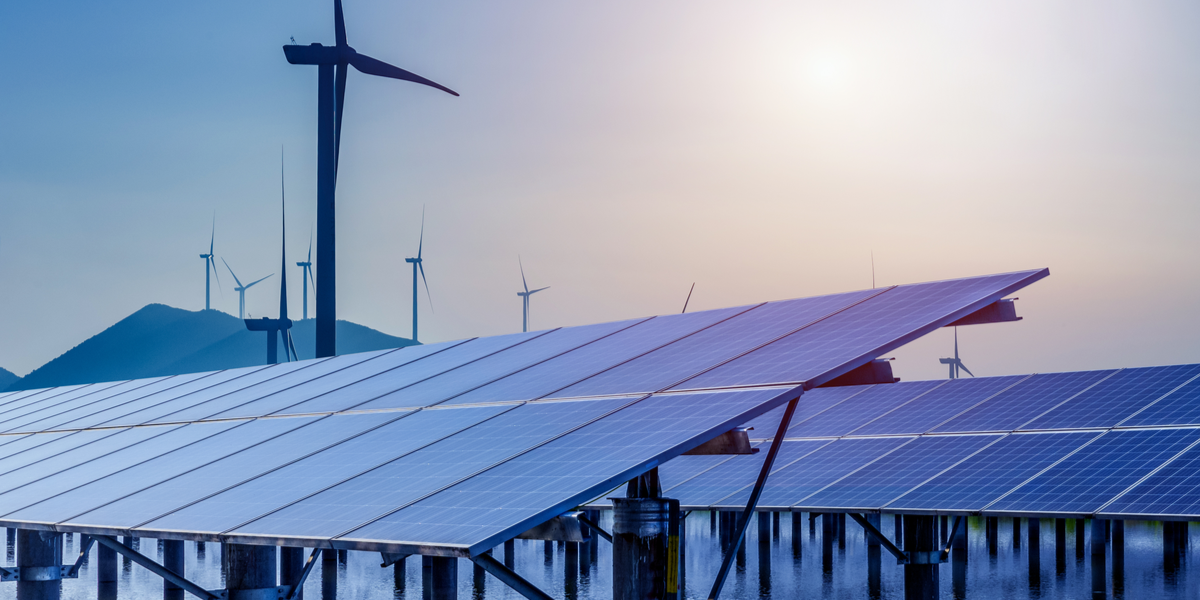Paying Tomorrow for Energy Efficiency Today--Utility On-Bill Financing for Small Businesses
Let's Save Energy
Alliance to Save Energy's Blog
Paying Tomorrow for Energy Efficiency Today--Utility On-Bill Financing for Small Businesses

When thinking about opportunities for increased energy efficiency, the small business sector deserves much more attention that it often receives. Small businesses make huge contributions to our economy according to any measure. We all know small business owners, and probably patronize several each week. In every corner of our country, small businesses are—figuratively and literally—the engines of growth. Furthermore, small businesses have much to gain in terms of savings and an ability to manage energy costs through investments in cost-effective energy efficiency.
Last week, I presented at the 2015 Behavior, Energy, and Climate Change (BECC) conference in Sacramento, CA about how improved access to affordable financing—in particular, utility on-bill financing—effectively facilitates energy efficiency in the small business sector. Some utilities have implemented on-bill financing for small businesses, but most have not. In my opinion, all utilities should. When done purposefully and thoughtfully, as demonstrated by National Grid, Baltimore Gas and Electric, United Illuminating, Pepco, and others, it is possible to mitigate any perceived regulatory risks.
My presentation slides will soon be published by BECC organizers. In the meantime, I wanted to share a summary of my thoughts and ideas. In short, I think on-bill financing is an effective way to encourage energy efficiency in the small business sector for two reasons. First, it shifts the entire paradigm of evaluating energy efficiency. In many conversations about energy efficiency, the critical opening question falls along the lines of “How much will this cost my business?” On-bill financing reduces initial costs to zero. This means that energy efficiency only has up-front benefits; costs come later and in smaller, predictable installments. The opening question resultantly becomes “How much will this save my business?”
Second, small business decision-making most frequently rests with the owner rather than an executive officer or financing department separate from day-to-day operations. Owners are individuals who, like all of us, typically overemphasize near-term effects and underemphasize longer-term consequences. For a lot of scenarios, this can be bad. Bur for energy efficiency, it can be a very good thing. Financing allows small business owners to "splurge" on cost-effective energy efficiency, without worrying about initial costs, allowing for greater (and mostly immediate) savings.
The potential to unlock savings in the small business sector seems enormous. I cited an example in my presentation, taken from a recent utility report, that showed that small businesses taking advantage of on-bill financing implemented projects 93 percent larger (in terms of total project costs) than those that paid with cash or check. And those small businesses that financed their projects realized 97 percent more savings. More work needs to be done to test my hypotheses and determine even better ways to incorporate on-bill financing into utility small business programs. But given the potential to help small businesses—a critical part of our economy—conserve scarce financial and energy resources, expanded on-bill financing offerings are definitely worth the effort.
STAY EMPOWERED
Help the Alliance advocate for policies to use energy more efficiently – supporting job creation, reduced emissions, and lower costs. Contact your member of Congress.
Energy efficiency is smart, nonpartisan, and practical. So are we. Our strength comes from an unparalleled group of Alliance Associates working collaboratively under the Alliance umbrella to pave the way for energy efficiency gains.
The power of efficiency is in your hands. Supporting the Alliance means supporting a vision for using energy more productively to achieve economic growth, a cleaner environment, and greater energy security, affordability, and reliability.



